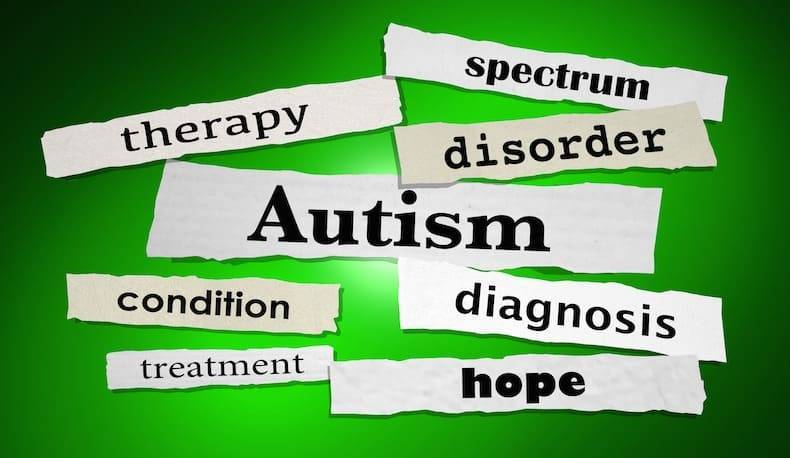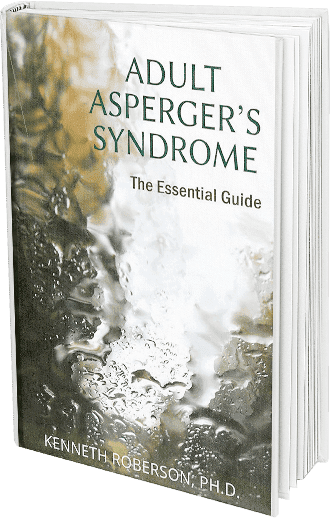
It’s not uncommon for people to wonder whether someone they know has either Autism Spectrum Disorder (ASD) or ADHD. The two share many similarities, and even for a trained professional it is not always easy to tell them apart.
What makes ASD and ADHD appear so much alike is that fact that both conditions involve a disturbance of two processes, executive functioning, and information processing.
Executive functioning refers to the brain’s ability to regulate, control and manage other processes, such as planning, attention, problem-solving, inhibition, mental flexibility, task switching, and initiation and monitoring of actions. (Wikipedia)
Information processing involves how the brain gathers, manipulates, stores, retrieves and classifies information. (Wikipedia)
The fact that problems with executive functioning and with information processing are common to both disorders may explain why, by one estimate, roughly 60-70 percent of children with Autism have symptoms that are similar to children with ADHD. (AANE)
The similarities between Autism Spectrum Disorder and ADHD include:
- Impulsivity
- Distractibility
- Inattentiveness
- Delayed social skills
- Sensitivity to sound, light and texture
- Problems following directions
- Tantrums
- Learning problems
- Problems with coordination
In as much as the two conditions share many similar features, there are differences between them.
Here is a list of those differences:
- Multiple Delays: Children with Autism Spectrum Disorder have delays in many different areas of their development unlike children with ADHD who are primarily affected by problems of distractibility and impulsivity. The delays in ASD involve gross and fine motor skills, integration of sensory stimuli, socialization, play, management of mood, and communication. It is true that children with ADHD can have problems in these areas but they are usually not as many or as severe.
- Distractability: Children with ASD tend to focus their attention on one task or activity. By contrast, children with ADHD are typically distractible. Their attention is drawn away from a task or activity by surrounding noises, movements, and other distractions. They tend to jump from one activity to another unlike the more focused nature of children with ASD.
- Emotionality: Children with ASD do not typically show a wide range of emotions while those with ADHD often move back and forth among emotional states and may have difficulty controlling those emotions.
- Listening: Making and sustaining eye contact is usually difficult for children with ASD. They often appear not to be listening when they actually are. In contrast, children with ADHD may appear not to listening but for different reasons. They are easily distracted by things going on around them or by their own thoughts.
- Language: Children with ASD tend to have weaknesses in their understanding of non-literal language. They have trouble grasping jokes, slang or implied meaning. They also tend to be talkative, but usually about topics of interest to them, while taking turns in conversations and talking about a topic of interest to someone else is more difficult. Children with ADHD are more able to take turns in conversations and switch topics to accommodate someone else’s interests. They have an easier time understanding non-literal language.
- Socializing: Because of the difficulty that children with ASD have socializing, they tend to avoid many social situations. Being around other people is stressful, especially with peers. Children with ADHD may have trouble fitting in with peers because of their behavioral difficulties but they are more motivated to interact with others.
- Sensory Difficulties: Children with Autism Spectrum Disorder often are overly sensitive to sounds as well as lots of visual stimuli and some textures. Their sensitivity leads them to get easily overloaded when lots of things are happening around them. On the other hand, children with ADHD often respond better when their environment is highly stimulating. Unlike those with Autism, children with ADHD do not often seek out sensory experiences in a repetitive or eccentric manner.
Of course, this list of differences involves a number of generalizations. Not all children with either ASD or ADHD respond exactly as other children do with the same condition.
Whatever their diagnosis, these children tend to be challenging for parents, and what is most important is that they receive the love, tolerance, understanding, patience and informed interventions they each deserve.




